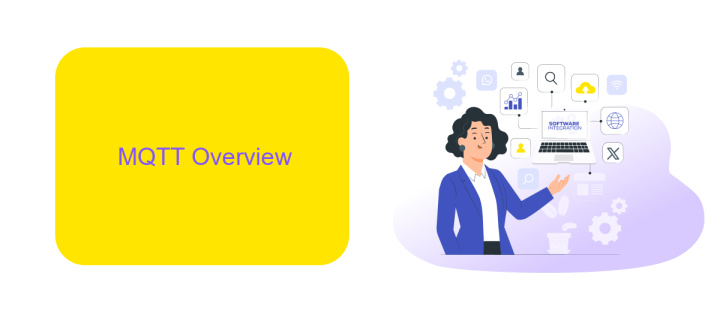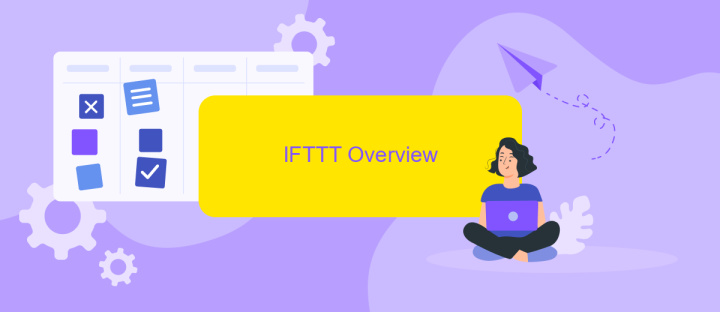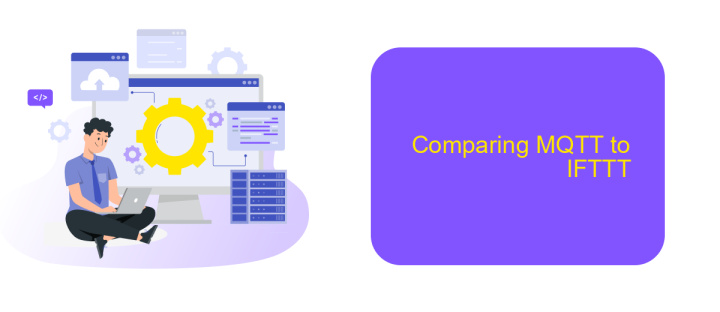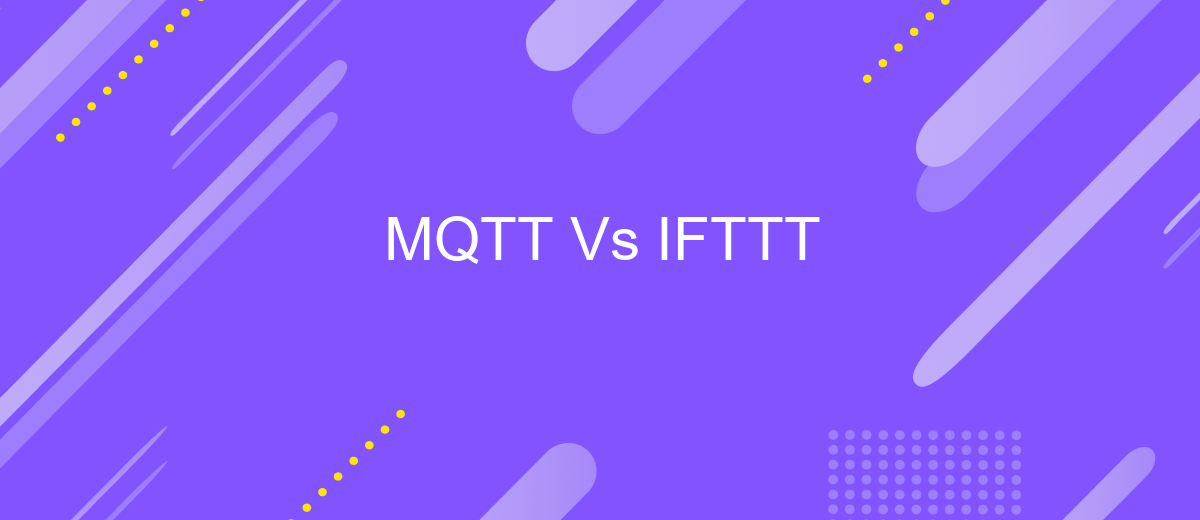MQTT Vs IFTTT
In the rapidly evolving landscape of the Internet of Things (IoT), choosing the right communication protocol is crucial. MQTT (Message Queuing Telemetry Transport) and IFTTT (If This Then That) are two popular options, each with its unique strengths and use cases. This article explores the key differences, advantages, and potential applications of MQTT and IFTTT to help you make an informed decision.
Introduction
In the rapidly evolving world of IoT and automation, selecting the right tools for integrating devices and services is crucial. MQTT and IFTTT are two popular options, each with its unique strengths and applications.
- MQTT: A lightweight messaging protocol designed for minimal resource consumption and efficient communication between IoT devices.
- IFTTT: A user-friendly platform that allows users to create simple conditional statements (applets) to automate tasks and integrate various services.
Choosing between MQTT and IFTTT depends on your specific needs and technical expertise. For instance, MQTT is ideal for low-latency, real-time communication in resource-constrained environments, while IFTTT excels in ease of use and broad service integration. Services like ApiX-Drive can further simplify the integration process, offering a seamless way to connect various applications and automate workflows without extensive coding knowledge.
MQTT Overview

MQTT (Message Queuing Telemetry Transport) is a lightweight messaging protocol designed for low-bandwidth, high-latency, or unreliable networks. It operates on the publish-subscribe model, where clients can either publish messages to a broker or subscribe to receive messages from specific topics. This model allows for efficient and scalable communication, making MQTT ideal for Internet of Things (IoT) applications, where devices often need to exchange small amounts of data with low latency.
One of the key advantages of MQTT is its simplicity and ease of implementation. It uses minimal network bandwidth and device resources, which is crucial for IoT devices with limited processing power and battery life. Integrating MQTT with other services can further enhance its capabilities. For instance, ApiX-Drive offers a platform that simplifies the integration process, allowing users to connect MQTT with various applications and automate data flows without needing extensive coding skills. This can be particularly beneficial for businesses looking to streamline their IoT operations and improve overall efficiency.
IFTTT Overview

IFTTT (If This Then That) is a popular automation platform that allows users to create custom workflows, known as "applets," to connect different services and devices. By setting up triggers and actions, users can automate tasks and streamline their digital lives without any coding knowledge.
- Sign up for a free IFTTT account.
- Browse or search for existing applets.
- Create custom applets using "if this" triggers and "then that" actions.
- Connect and authorize your favorite services and devices.
- Manage and monitor your applets from the dashboard.
For those looking for more advanced integrations, services like ApiX-Drive can be used alongside IFTTT. ApiX-Drive offers a wide range of integration options, allowing users to connect multiple apps and automate complex workflows seamlessly. By leveraging both IFTTT and ApiX-Drive, users can maximize their productivity and ensure their various digital tools work harmoniously together.
Comparing MQTT to IFTTT

MQTT and IFTTT are both powerful tools for automating tasks and integrating different devices and services. While MQTT is a lightweight messaging protocol designed for constrained devices and low-bandwidth, high-latency networks, IFTTT is a web-based service that allows users to create chains of conditional statements, known as applets.
One of the key differences between MQTT and IFTTT lies in their primary use cases. MQTT is typically used in IoT (Internet of Things) applications where real-time communication is essential. On the other hand, IFTTT is more consumer-oriented, enabling users to automate everyday tasks without needing extensive technical knowledge.
- MQTT: Focuses on real-time messaging for IoT devices.
- IFTTT: Simplifies automation for everyday tasks.
- MQTT: Requires more technical setup and configuration.
- IFTTT: User-friendly interface with pre-built applets.
- MQTT: High efficiency in low-bandwidth scenarios.
- IFTTT: Integrates easily with popular web services.
For those looking to integrate various services and automate workflows, ApiX-Drive can be a valuable tool. It simplifies the process of connecting different platforms, offering a user-friendly interface similar to IFTTT but with the capability to handle more complex integrations, much like MQTT.
Conclusion
In summary, both MQTT and IFTTT offer unique advantages depending on the specific needs of your project. MQTT excels in scenarios requiring real-time communication and low latency, making it ideal for IoT applications and environments where efficient data transmission is critical. On the other hand, IFTTT shines in its ease of use and ability to integrate various services and devices without requiring in-depth technical knowledge, making it a perfect choice for users looking to automate simple tasks and workflows.
For those looking to bridge the gap between these two technologies, services like ApiX-Drive can provide a seamless integration experience. ApiX-Drive allows users to connect MQTT with various applications supported by IFTTT, enabling more advanced automation and data handling capabilities. By leveraging such integration platforms, users can harness the strengths of both MQTT and IFTTT, creating robust and efficient systems tailored to their specific needs.
FAQ
What is the primary difference between MQTT and IFTTT?
Can MQTT and IFTTT be used together?
Which is better for home automation: MQTT or IFTTT?
Are there any alternatives to IFTTT for automation and integration?
Is MQTT suitable for non-technical users?
Do you want to achieve your goals in business, career and life faster and better? Do it with ApiX-Drive – a tool that will remove a significant part of the routine from workflows and free up additional time to achieve your goals. Test the capabilities of Apix-Drive for free – see for yourself the effectiveness of the tool.

